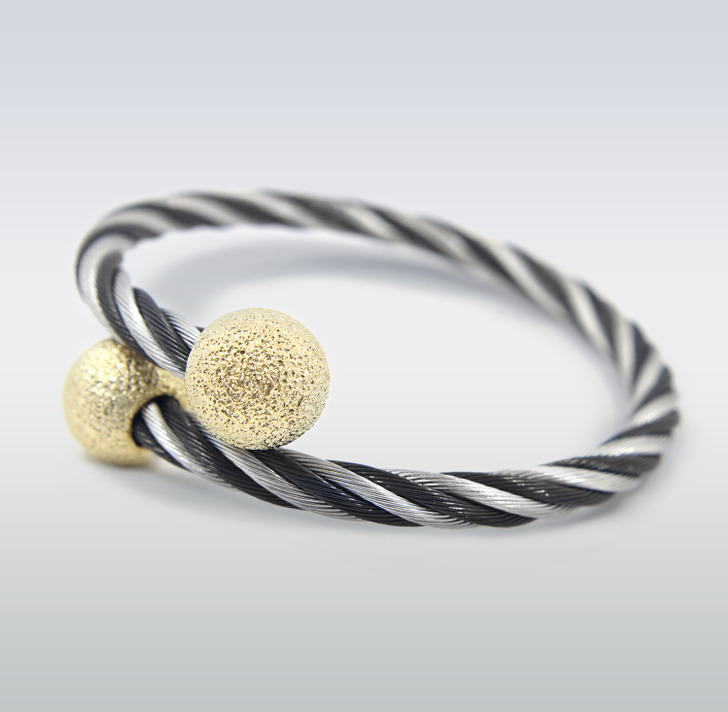A Guide to Different Types of Jewelry Metals

Jewelry, like bracelets, earrings, cufflinks, or even watches, has been an integral part of our lives, adding an extra sparkle to our many outfits. Every piece of jewelry is made from specific materials with a constant value lies in the type of metal used in their craftsmanship, whether small or big.
5-Minute Crafts rounded up 7 different jewelry metals, some of the most common, like gold, and others you may have never heard of, like tungsten, each having distinctive aesthetics and benefits in the jewelry industry.
1. Gold
Gold is one of the noble metals and it is soft and malleable. Therefore, it’s prevalent in jewelry making. It doesn’t tarnish or corrode. Pure gold is fragile and prone to breaking, so it’s generally combined with other metals like zinc or copper—and this is where karats come in. There are many different colored types of gold on the market, which are achieved by adding other metals.
- White gold: a mixture of pure gold with nickel, copper, tin, and sometimes platinum and manganese. White gold is sometimes coated with Rhodium to make it even more beautiful.
- Red or pink gold: a mixture of pure gold with copper.
- Blue gold: a mixture of pure gold with iron.
- Green gold: a mixture of pure gold with silver, and sometimes cadmium and zinc.
- Yellow gold: a mixture of pure gold with silver and copper.
2. Sterling silver
Pure (fine) silver is 99.9% silver, which is soft, weak, and difficult to shape. Remember that silver jewelry is prone to tarnishing, so polishing it once a year will keep it in good condition. Sterling silver is an alloy of 92.5% real silver (by weight) and 7.5% by weight of other metals, usually copper, to increase its hardness and strength.
3. Stainless steel
Stainless steel is a strong, rust and discoloration-resistant iron alloy that contains at least 10% chromium, and small amounts of nickel, molybdenum, titanium, etc. The amount of chromium is significant because it kind of forms an invisible thin protective layer when combined with oxygen. It may come in a shiny or a matte finish.
4. Titanium

Titanium is a strong, flexible, and lightweight metal whose silver-white shine makes it a popular alternative metal in the jewelry world. Its natural color is darker than silver or white gold, ranging from gray to silver or gray-white, but it can also be treated in other colors. It can be plated with yellow gold, rose gold, or black metals. It doesn’t scratch or rust easily. It is hypoallergenic — you won’t get a rash when wearing it. Thanks to its resistance to corrosion, it’s also used in medical applications.
5. Platinum
Platinum is one of the rarest and most durable noble metals in jewelry making, which is generally plated with rhodium for a bright finish. It’s resistant to tarnishing and discoloration. It’s denser and weighs 60% more than gold. If it’s scratched, you don’t need to worry; your jeweler can polish the scratch out of the metal. In the US, it’s usually marked as PT or PLAT. In Europe, however, platinum is identified by 950 or PT950.
6. Tungsten

Tungsten, or wolfram, is a scratch-resistant, rare, and long-lasting metal. In jewelry-making, tungsten carbide is 4 times stronger than platinum. It’s the heaviest metal in the jewelry world and is preferred primarily for men’s wedding rings which are highly resistant to tarnishing, discoloration, and corrosion.
7. Palladium

Palladium is a rare, long-lasting, durable metal that is a bit darker, more lightweight, and affordable than platinum. It’s considered hypoallergenic and it doesn’t contain any nickel. However, it may have trace amounts of other metal elements, triggering some sensitivity reactions.



